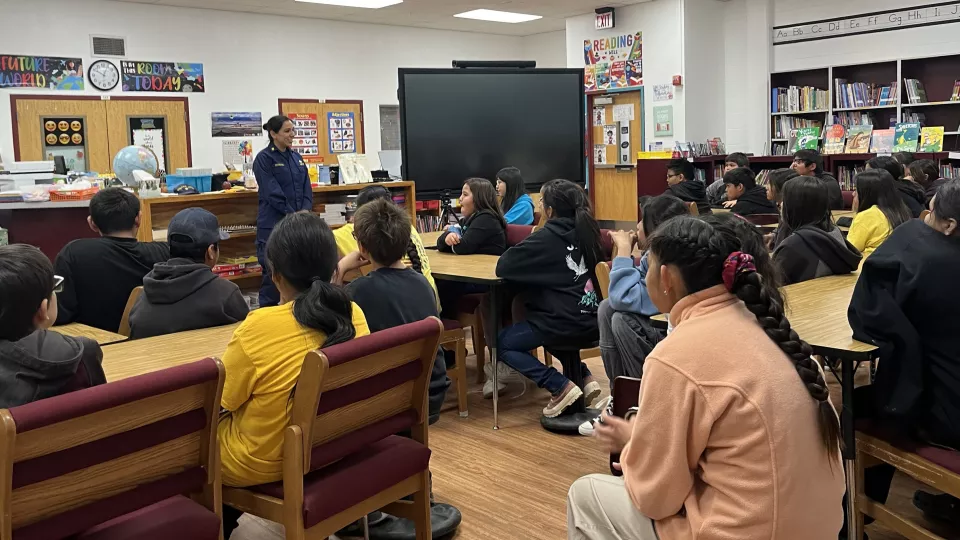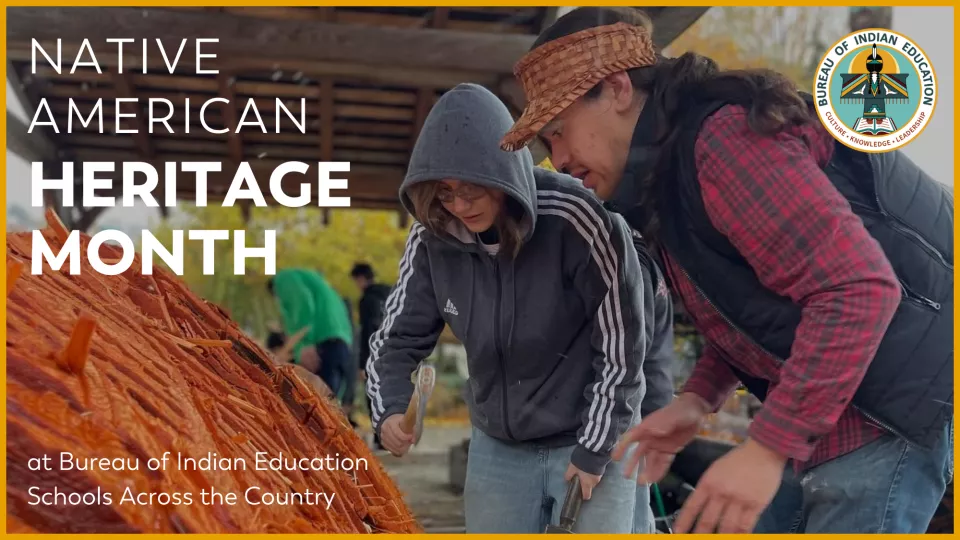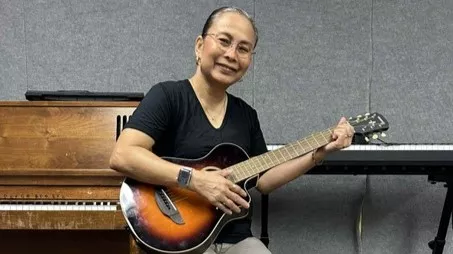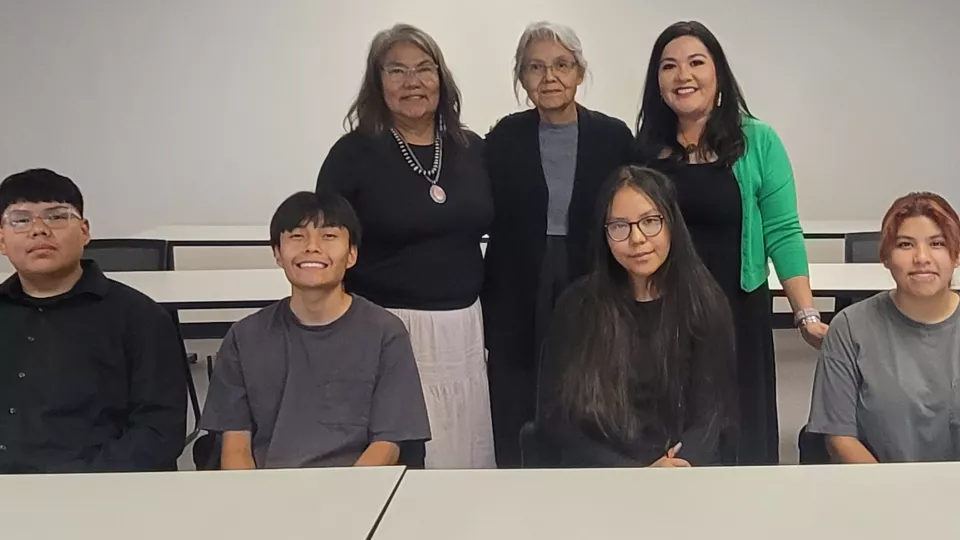
By: BIE National Nutrition Consultant U.S. Public Health Service Commissioned Corps Lt. Cmdr. Casey Cavanaugh
In 2022, the Department of Interior, Bureau of Indian Affairs and Bureau of Indian Education created Indigenous Food Hubs across the country, including four BIE operated schools. The sites will help source Indigenous foods, enhance nutrition education with a focus on cultural practices, and implement training on healthy and culturally appropriate food preparation.
In May, I set out to visit four of the Indigenous Food Hub Initiative Pilot sites across New Mexico for the first time. I began at San Felipe Day School, nestled within the San Felipe Pueblo, where I explored potential garden locations around the school’s campus, visited with school staff and helped with lunch service. The menu for the day featured chicken quesadillas, fiesta corn, orange, and milk.
I arrived at the Chief Ignacio Justice Center in Towaoc, Colorado, the next day. I was joined by Bianca Kie, the Regional Correctional Program Officer from the Albuquerque Office. Together, we surveyed outdoor spaces on both the adult and juvenile sides of the facility, envisioning how the yard areas could be transformed into flourishing gardens.
I had recently secured a Community Seeds Grant from Native Seeds SEARCH for each of the eight Indigenous Food Hub sites and distributed seeds to each location during my visit. The seeds distributed are native to each Tribe or location. For example, the seeds for Chief Ignacio included Ute Mountain Navajo Blue Corn, whereas the seeds for San Felipe included San Felipe Chile and San Felipe Melon.
Next, I went to Nenahnezad Elementary, a K-6 boarding school in Fruitland, New Mexico. While there, I met with the school's food service personnel. I had the opportunity to lead informative sessions with multiple groups of students, teaching them about the significance of health and nutrition while highlighting the Indigenous Food Hub’s endeavors.
Dr. Smith, their principal, and I explored potential garden sites around the campus, solidifying the school’s commitment to fostering healthier lifestyles within the community. Further, Dr. Smith shared a song he wrote for the Food Hubs, called “Come to the Table (If You are Able),” which mentions planting seeds, colorful gardens, teachers, students, and cooks prepping foods while children await nutrition traditions. Principal Smith felt inspired by plans developed by school and community leaders that focus on children because “they are our future.”
During my visits to the schools, I shared the 5-2-1-0-7 and MyPlate.gov message with students, which emphasizes the importance of balanced nutrition, limited screen time, regular physical activity and adequate sleep.
Each day, a child should have:
- 5 or more servings of fruits and vegetables
- 2 or less hours of recreational screen time
- 1 or more hour of physical activity
- 0 sweetened beverages
- 7 (to 9) hours of sleep
I used engaging visuals, like sugar sticks, to show how slowly blood can move through the body when someone has a very high blood sugar. I also used artery displays to show how atherosclerosis or plaque buildup can start in blood vessels. Through interactive discussions, I could check in with students to see how they were doing with healthy behaviors and introduce ideas on how students can improve their health by following the 5-2-1-0-7 daily routine. The children enjoyed touching the 1-pound fat display and passing around the imitation frybread, fruit and other food props that were utilized to show appropriate serving sizes. These displays empower them to make informed lifestyle choices to improve their well-being.
My last stop on the Food Hub tour was Wingate High School in Fort Wingate, New Mexico. I connected with several students by teaching seven 30-minute educational classes on healthy nutrition. I participated in lunch service, featuring an Indigenous-inspired meal of ground bison sloppy Joes served on blue corn buns with fries, squash and watermelon. Following the meal, students were led by Nadine Peterson, the head cook at Wingate, to plant their school garden. Truman Yazzie, a revered local medicine man and custodian at Wingate High School, led everyone in prayer and then reverently sang the corn prayer song while students planted seeds in the soil.
My tour through New Mexico’s Indigenous Food Hub sites was fast-paced, action-packed, and full of friendly faces and eager students. Bringing agricultural and nutrition education to BIE schools is essential to culturally relevant education. I look forward to more school visits as part of the Bureau’s holistic approach to student well-being in the coming months.
Contact
Office of Communications
Bureau of Indian Education Central Office
U.S. Department of the Interior
1849 C Street NW, MIB-3610
Washington, DC 20240
Telephone: 202-941-0789
Email: biecommunications@bie.edu





